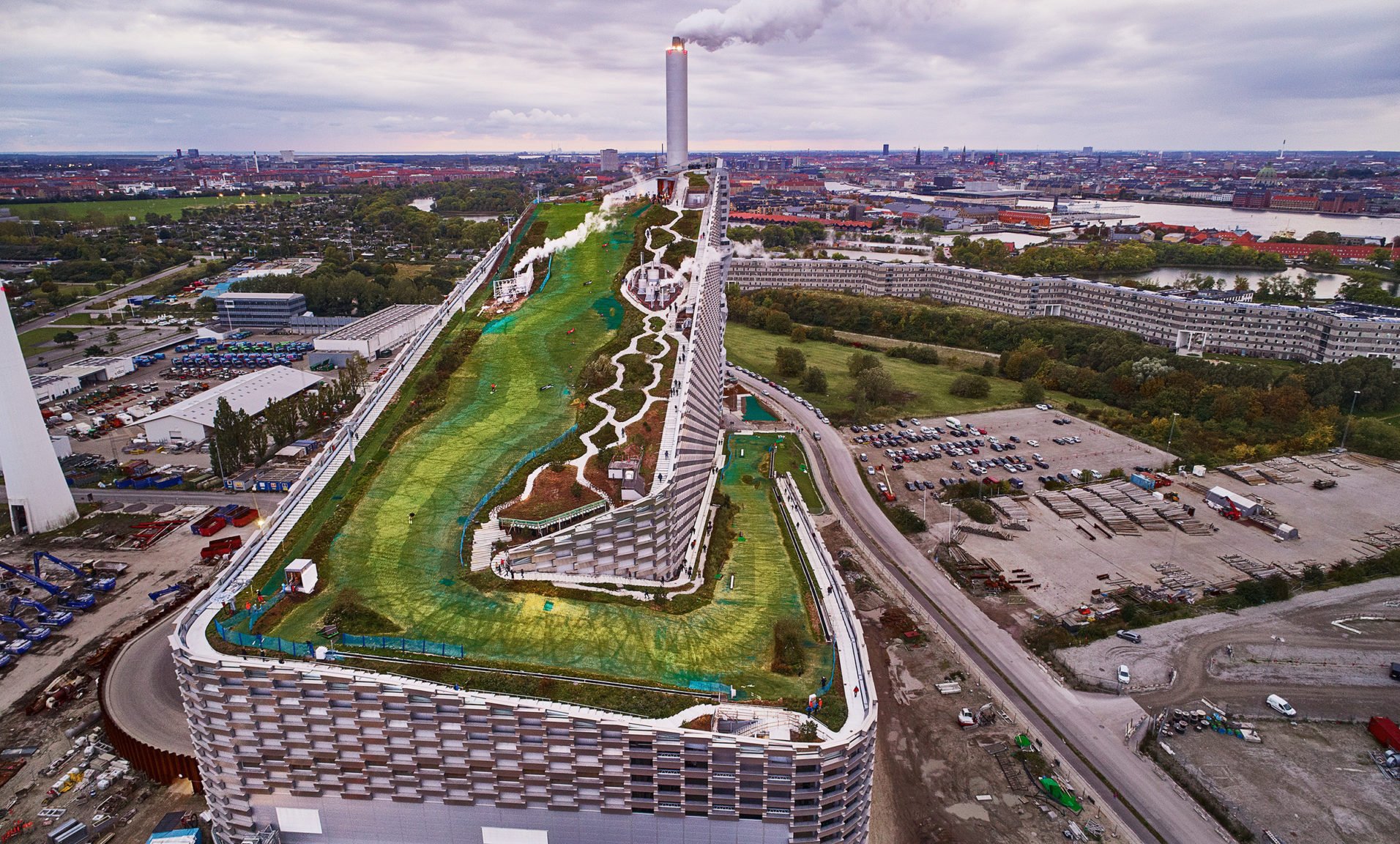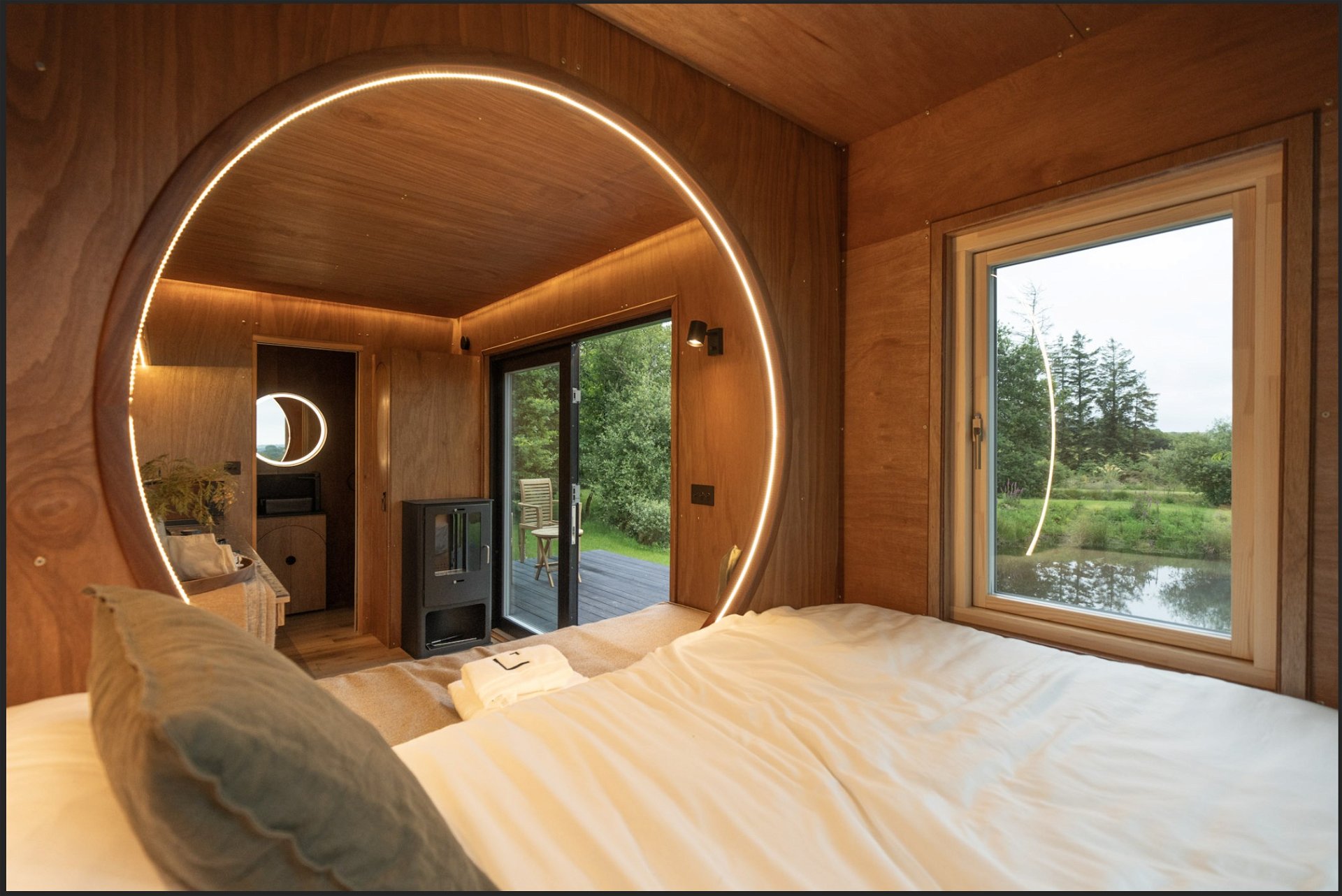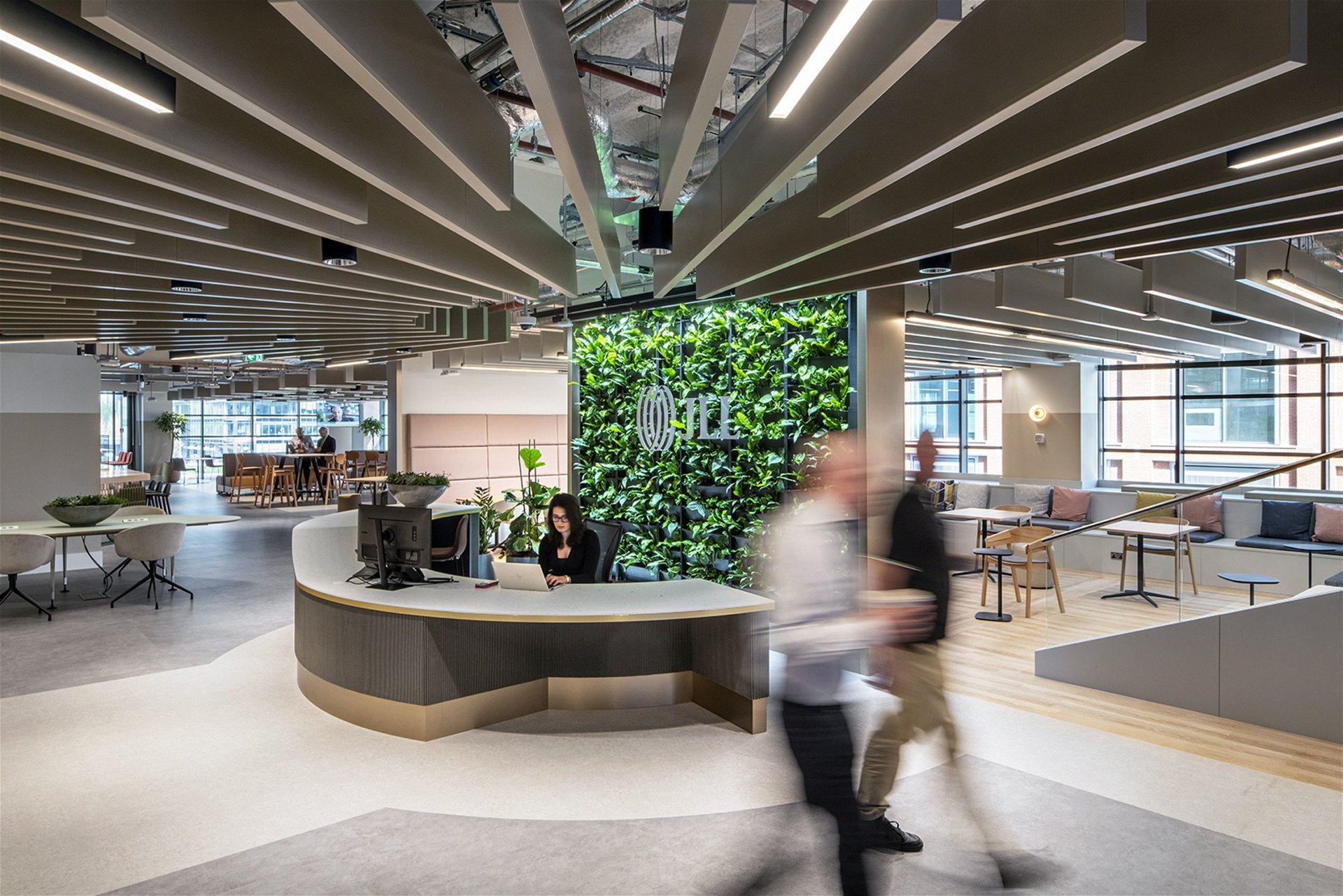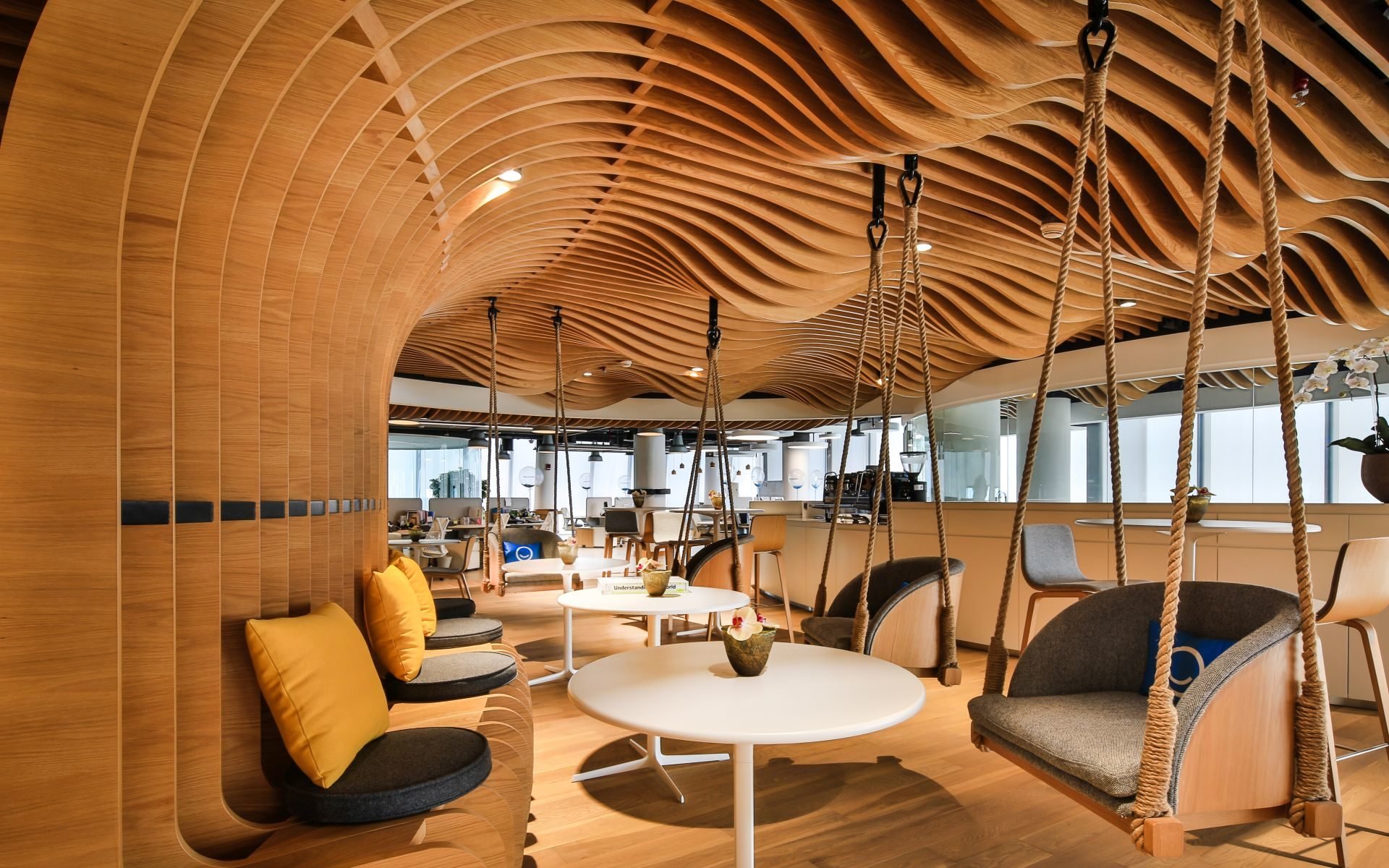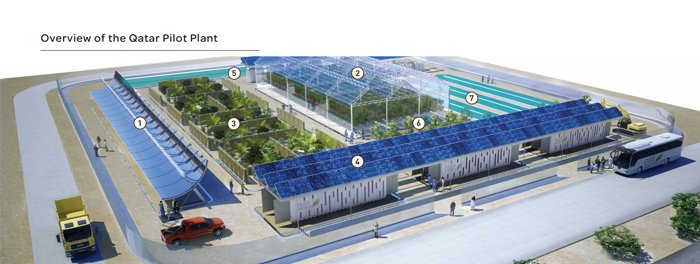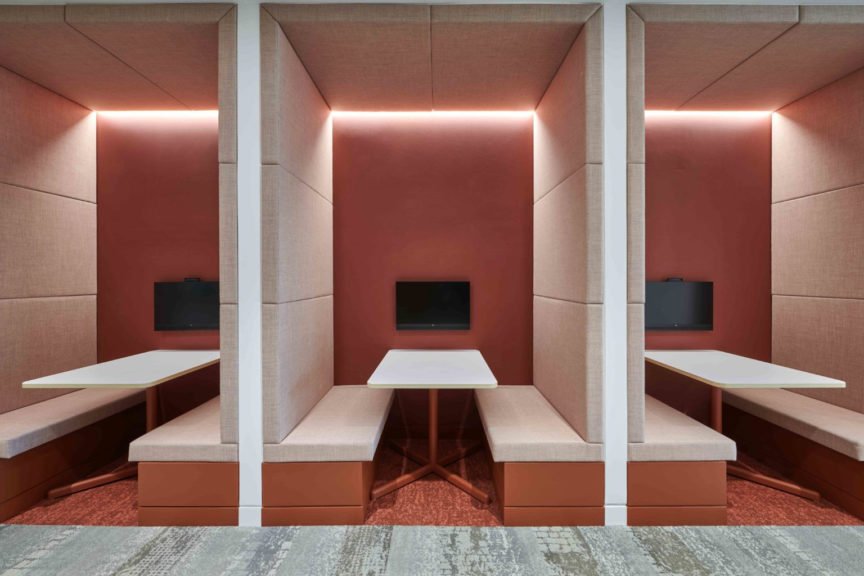Danish architect Bjarke Ingels said, “If we can change the world’s climate by accident, imagine what we can achieve by trying.” And he was right. At the crux of climate change lies the evolution of human habitat, entwined with the regrettable surge in greenhouse gas emissions. This evolution witnessed a departure from natural forest-based dwellings to make space for more ‘concrete’ structures. Pun intended. And that’s how climate change began.
Architecture and construction are often cast in a disparaging light when discussing climate change. However, this perspective overlooks their potential as pivotal agents in combatting the climate crisis. Within this realisation resides an opportunity for conscientious design, architectural innovation and sustainable construction practices to be re-envisioned as catalysts for positive environmental change.
The Roots of Sustainable Building
In the 1970s, the concept of sustainability surfaced, born out of necessity during an oil crisis. This awakening gained momentum with the pivotal Brundtland Report in 1987, offering the inaugural definition of sustainable construction: ‘the ability to meet the needs of all people in the present without compromising the ability of future generations to meet their own.’
Later, in 2002, the United Nations Environment Programme (UNEP) forecasted a concerning trajectory – by 2032, construction activities and urbanisation would eventually destroy natural resources and wildlife habitats over 70% of the land surface by 2032. This and many other cautionary announcements, along with alarming statistics, created a mindset of sustainability among the stakeholders of the architectural and construction industries, urging them to play a role by instilling a collective resolve to confront climate change and adopt sustainable practices.
Holistic Sustainability: Blueprinting, Materialization and Laying the Blocks
The genesis of any architectural endeavour lies in its blueprinting – a plan which sets construction in motion. When these blueprints are imbued with verdant principles, like biophilic design that seamlessly weaves nature into the very fabric of a structure or the ingenious artistry of biomimicry, where nature’s models and systems are mirrored to solve architectural challenges, a positive impact on the environment is created. That’s how various architecture and construction stakeholders get it right from inception.
Next comes materialisation. Quite a bit of research has been conducted on the subject. A study found that material emissions at the construction stage account for 80% of the total emissions. This calls for sustainable materialisation. Along with using renewable energy for every process, architects have orchestrated a paradigm shift by adopting avant-garde materials like bendable concrete (ECC), mass timber, bamboo, mycelium, 3D printed concrete, etc. This is important as 40-50% of the world’s total raw materials are being used to manufacture building components, creating a heavy impact. The Logoutt Sustainable & Mindful Living Center, Wales, is a fitting example of what sustainable materials can do. Additionally, embracing local sourcing further augments this ethos, averting environmental harm from material transportation.
After that comes the process of building itself. While striving to achieve a carbon-negative emission standard is ideal, carbon neutrality is a good starting point. Trailblazers in the industry advocate rewilding, prefabrication, modular products, on-site waste management, building information modelling, deconstruction and salvaging, among others. These approaches herald a harmonious development that orchestrates progress without leaving an indelible mark on our climate.
5 Innovative, Eco-Conscious and Noteworthy Architecture and Construction Practices
In their pursuit of sustainability, architects and construction managers worldwide have extended their efforts beyond adhering to established green building standards like Passivhaus, LEED, Green Globes, BREEAM, and the National Green Building Standard. The Xworks Interiors Office, Abu Dhabi, depicts what a LEEDS Gold standard structure is like. They have embraced a range of practices aimed at mitigating their environmental footprint.
Reversible design ensures that all the components used in constructing a structure are dismantled, salvaged and reused. This approach allows for the reconstruction and reuse of buildings, emphasising the potential for their reassembly in alternate forms and contexts. The JLL 20 Water Street Office, London, follows circular economy principles and targets a Net Zero Carbon 2025 milestone.
2. Non-Extractive Architecture
Crafted by Space Caviar, an Italian design studio, this philosophy acknowledges the inevitability of architects impacting the environment. However, its essence lies in conscientiously mitigating this impact, striving to limit environmental harm. The Smart Dubai Office, which has live pockets of landscaping across the space, is an excellent example of that.
3. Responsive Architecture
Also known as adaptive architecture, the evolving practice uses sensors that allow buildings to gauge environmental conditions and adjust their attributes like form, colour, or shape through actuators, ensuring adaptive responsiveness.
4. Regenerative Architecture
Also known as restorative architecture, it does what it preaches. It doesn’t merely avoid environmental harm but actively contributes to restoration. A good example is The Sahara Forest Project in Qatar, where a greenhouse was built to harvest freshwater in the desert.
Retrofitting enhances a building’s energy efficiency and thermal performance, minimising reliance on heating and cooling. Choosing retrofitting over demolition preserves materials and their embodied carbon, curbing emissions associated with additional construction.
Many industry visionaries believe sustainability needs to be updated, and the way forward is purely through regenerative architecture. Another emerging trend is intelligent buildings. These architectural marvels stand poised to optimise energy consumption and prioritise user comfort through adaptive and intelligent systems. In parallel, the integration of precision-oriented robots, harnessed with the same technological sophistication, elevates operational efficiency across diverse tasks.
Resilient buildings that can withstand and adapt to the impacts of climate change, including extreme weather events, sea-level rise, and temperature fluctuations, are making their way on the skyscape, too. Amidst this architectural renaissance, the embrace of innovative materials finds resonance while urban greening initiatives burgeon, aiming to transform urban landscapes into sanctuaries, fostering livability and ecological symbiosis.

